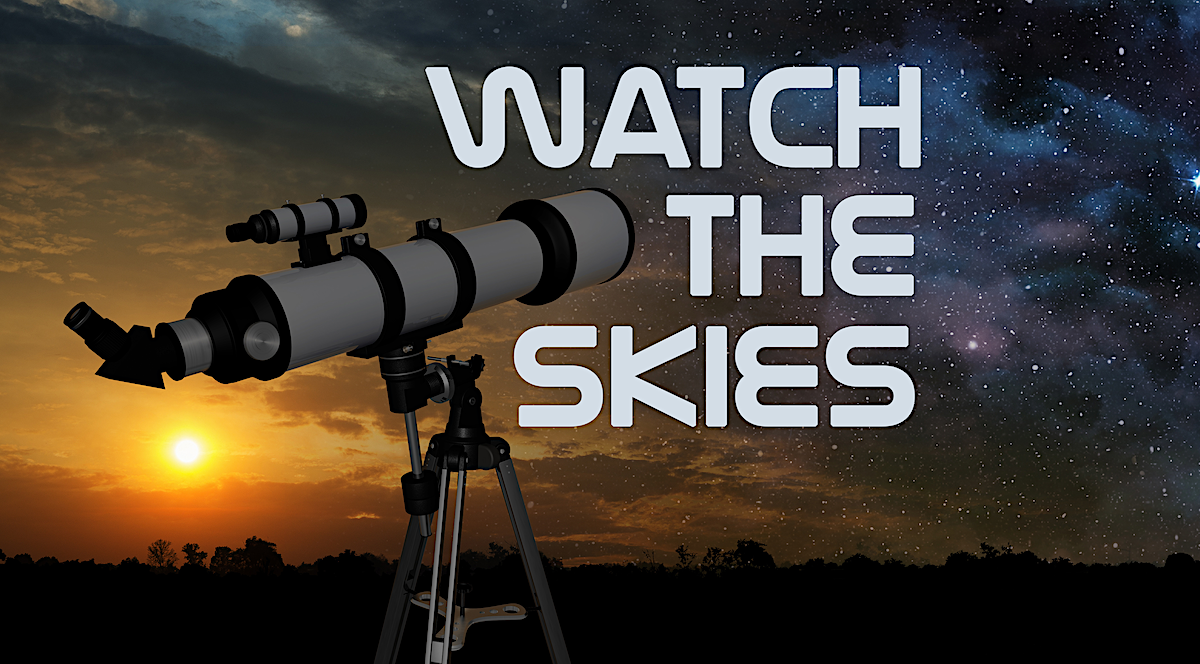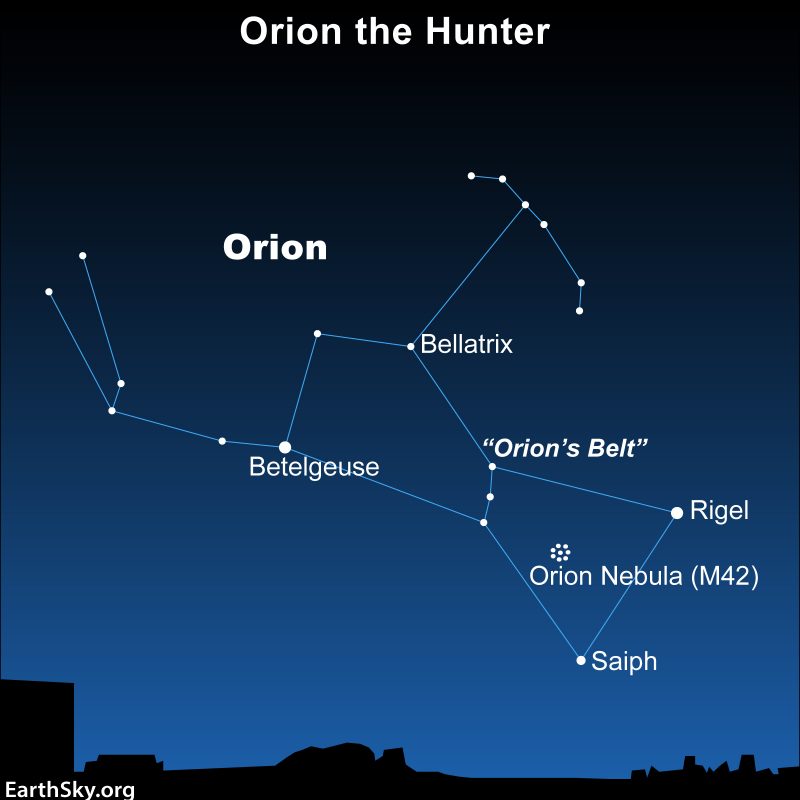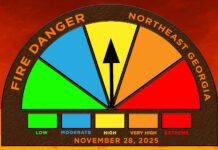
We’re headed into the winter months which can mean only one thing: the mighty Orion has returned.
The sun may be going down at 5:15PM these days, but on the bright, or in this case dark, side that gives more time for stargazing! The highlight of every stargazer’s winter months shifts from the summertime Milky Way to the 2nd most recognizable constellation in the night sky: Orion.
The full constellation of Orion is quite large but the most recognized part consists of 4 main stars that make up his body, 3 stars that make up his belt and a few more dimmer stars that make up the sword. Orion currently begins to rise around 8PM and is high in the sky by midnight and especially during the pre-dawn hours. The first star to break the horizon is Bellatrix followed by Betelgeuse, Rigel, and finally the dimmest Saiph. The stars that make up the belt are known as Mintaka, Alnilam and Alnitak.

The constellation has been observed and recorded for literally tens of thousands of years. The earliest known depictions of it is found in prehistoric cave drawing in Germany estimated to be 28-32,000 years old. Since then it has been a part of nearly every culture’s lore and many myths and superstitions can be attributed to it. It is the only constellation to find itself in the Bible and is mentioned on 3 separate occasions; twice in Job and once in Amos.
The name Orion comes from Greek mythology (a common theme among heavenly bodies). Orion is the son of Poseidon and was a great hunter.

The constellation certainly lives up to its name as it contains some of the more fascinating objects in the winter sky. Betelgeuse is a heavily studied red giant. Sometime in the next 100,000 years or so it is expected to go supernova and become bright enough to be seen in the daytime, after which it will dim never to be seen with the naked eye again leaving the constellation looking much different. Right now, Betelgeuse varies between being the 10th and 23rd brightest star in the sky since it goes through a bright/dim process every 425 days. Rigel is the brightest star in the constellation and 6th brightest in the night sky overall. It appears white to the naked eye. Bellatrix and Saiph are the remaining two corners of the armor and both appear blue.
Orion also contains several bright nebula, including M42 (aka the Orion Nebula)which is the only nebula easily visible to the naked eye. The nebula is incredibly easy to find with both small telescopes or strong binoculars. Through these it appears as a bright green cloud with 3 bright stars in the middle known as the trapezium. It is located in Orion’s sword, and is not the only nebula in this region.

Located immediately next to it is the “Running Man” nebula, which isn’t as easily visible with telescopes but can still be seen in dark skies. It is a bright nebula but not nearly as bright as the Orion Nebula it is located next to. In photographs it appears to resemble a running man, hence the name.

Orion has been around for tens of thousands of years, and will likely last tens of thousands more. All the stars in Orion are fairly distant compared to many other constellations, which means that over time they will appear to move less. The constellation as we know it will outlast most others since their stars are closer and thus moving faster (but still VERY slowly) relative to the Earth. The only fly in the ointment will be stars that go nova, like Betelgeuse. Even still that will likely be a long time.
So, get out this week and take a peek at the mighty hunter. If you have binoculars or a small telescope be sure to check out the bright nebula as well, I can assure you they are definitely worth a look.
As always, watch the skies!






